Selecting an international school in Kuala Lumpur is an important decision for families navigating the city’s diverse educational landscape.

Local or public schools in Kuala Lumpur follow the Malaysian national curriculum, primarily in Bahasa Malaysia. These schools mainly serve Malaysian citizens and focus on national exams and core subjects such as Bahasa Malaysia and Malaysian History.
Private National Schools blend the Malaysian curriculum with international standards, providing Malaysian students with a global education experience while still meeting national requirements. Subjects like Bahasa Malaysia and Islamic Studies are part of the curriculum to ensure compliance with national standards.
International Schools in Kuala Lumpur offer international curricula such as British, IB, or American programs. These schools cater to expatriates and local students, with instruction in English and a focus on preparing students for global higher education opportunities.
Most international schools in Malaysia offer the British curriculum (IGCSE/A-Levels), with some offering the International Baccalaureate (IB). Other options include the American curriculum, as well as national programs from countries like Australia, France, and Germany. Choosing the right curriculum is important for aligning with your child’s academic goals.
Academic year schedules vary based on the type of school:
Many international schools in Kuala Lumpur have a significant local enrollment, creating a multicultural environment that may differ from expat-focused schools elsewhere.
English is the primary language of instruction in international schools, with additional languages like Bahasa Malaysia and Mandarin often offered. Malay is mandatory for Malaysian students, with foreign students often being exempt. Many schools also provide English as an Additional Language (EAL) support for non-native speakers.
Admissions are generally flexible, with some schools allowing mid-term entry and pro-rata fees. It is advisable to apply early, particularly for high-demand schools.
Extracurricular options include sports, performing arts, technology clubs, community service, and outdoor activities. Many schools utilize Malaysia’s natural landscapes for eco-camps and experiential learning.
Support for Special Educational Needs (SEN) varies widely. Some schools have dedicated departments for mild to moderate needs, but options for intensive support may be limited and families might need to seek external assistance.
Most international schools promote multilingual education, with primary instruction in English and additional languages, such as Mandarin and Bahasa Malaysia, introduced in primary school. Secondary school frequently includes additional language options, and some schools offer bilingual tracks.
School sizes range from small to large campuses. Larger schools generally offer advanced resources like science labs, sports complexes, and art studios, while smaller schools may focus on personalized teacher-student interaction. Facilities vary from basic to world-class, depending on the school’s resources.
Most schools have robust security, including gated entries, CCTV, and on-site health staff.
Tuition varies by facility, resources, and faculty composition. Schools generally fall into three categories:
Additional fees may include registration, technology, and extracurricular costs, with many schools offering sibling discounts and flexible payment plans.
Traffic in Kuala Lumpur can impact commutes, making proximity important. Preferred residential areas, such as Mont Kiara, Desa ParkCity, Bangsar, and Ampang, have several international schools. Some schools offer bus services, but public transportation like MRT and LRT may not directly connect to all schools. Testing routes and using traffic apps like Waze can assist in planning.
Many schools have active PTAs and expat networks to support families adjusting to life in Kuala Lumpur. Expat forums and social groups can also provide valuable insights into schools and the local lifestyle.

